
The book is published for the 150th anniversary of the birth of architect Jan Kotěra
Source
Ladislav Zikmund-Lender
Ladislav Zikmund-Lender
Publisher
Tisková zpráva
21.04.2022 20:05
Tisková zpráva
21.04.2022 20:05
Czech Republic
Hradec Králové
Jan Kotěra
The collective monograph The Myth of the Architect: Jan Kotěra 150 is published, commemorating the one hundred and fiftieth anniversary of the birth of the architect, educator, artist, and designer Jan Kotěra. The book features contributions from seven younger and mid-career art historians, and it contains twelve chapters plus a selection of about thirty period texts by and about Jan Kotěra. The editors of the book are Ladislav Zikmund-Lender and Helena Čapková. The book is published by UMPRUM, the Academy of Fine Arts, and the publishing house Pravý úhel.
The ambition of the book was to return, after twenty years, to the life and work of Jan Kotěra in an elaborate monograph and to verify whether the "foundational" and "paternal" epithets that he has gradually been given are functional, or whether his legacy needs to be re-evaluated. The editors built upon an exhibition and publication project created in 2001 under the direction of architecture historian Vladimír Šlapeta. "This significant publication and exhibition project presented Jan Kotěra as a legend and a central, foundational figure of Czech modern architecture, and it showed readers a narrative of his career, refined by previous generations of art historians, including his significant pedagogical activity, from which further careers of his students and their students and collaborators unfolded like a conceptual root and trunk," writes co-editor Helena Čapková in the introduction. However, the editors aimed to re-evaluate some traditional myths and shed light on certain aspects of Kotěra's work in a new light and research. The new book systematically dedicates two chapters to his pedagogical activities at the applied arts school, which during Kotěra's time had the status of a secondary school, and at the Academy of Fine Arts, where Kotěra opened the graduate level of architecture. A significant topic emerged around Kotěra's connection to politics and work for the state – first the Austro-Hungarian, later Czechoslovak. As it turned out, he was far more successful in fulfilling Austro-Hungarian representation than in creating a new style for Czechoslovakia, even though he had those ambitions and worked on two significant projects immediately following the revolution: the presidential apartment for Masaryk and at Prague Castle, and on the project of a megalomaniac government district. However, both projects remained only on paper. Two chapters of the new book are devoted to Kotěra as an urban planner, and their authors demonstrate that Kotěra was rather restrained and conservative in the field of urbanism. That Kotěra was by no means a revolutionary but rather creatively and profusely utilized the heritage of historical architecture is presented to readers by art historian Jan Galeta.
"The problem with myths that shape some collective identity, which is also the case with Kotěra – generations of architects related to him throughout the entire twentieth century – is that they are not untrue, but their proportions are distorted. In Kotěra's myth, his Czechness and radical modernity have been overvalued, while Kotěra was a good creator for German or Jewish clientele as well, and his approach to architectural language was rather evolutionary," reminds co-editor Ladislav Zikmund-Lender. The editors also selected twelve of Kotěra's own texts to better illustrate his thought world and range of interests, and seventeen texts about Jan Kotěra from the years 1922 to 1972, which excellently show how and by whom Kotěra's myth was shaped.
The elaborate monograph also includes an image component. The editors attempted to select and publish previously unpublished designs and historical photographs, primarily from Kotěra's estate, which returned to the Czech Republic in 2012. The book is also equipped with a series of photographs by photographer Jiří Zikmund, capturing material and artistic-craft details of Kotěra's architecture, which contribute to the quality of Kotěra's work. The book is accompanied by twelve original illustrations of Kotěra's unrealized, reconstructed, or missing projects by illustrator Jan Šrámek. The graphic design of the book was developed by Jana Hrádková and Svatopluk Ručka.
The book launch will take place on May 5 at 18:00 at the Gallery of Modern Art in Hradec Králové, on May 20 at 17:00 at the House of Art in Brno, and on May 26 at 19:00 at the Center for Architecture and Urban Planning in Prague.
The ambition of the book was to return, after twenty years, to the life and work of Jan Kotěra in an elaborate monograph and to verify whether the "foundational" and "paternal" epithets that he has gradually been given are functional, or whether his legacy needs to be re-evaluated. The editors built upon an exhibition and publication project created in 2001 under the direction of architecture historian Vladimír Šlapeta. "This significant publication and exhibition project presented Jan Kotěra as a legend and a central, foundational figure of Czech modern architecture, and it showed readers a narrative of his career, refined by previous generations of art historians, including his significant pedagogical activity, from which further careers of his students and their students and collaborators unfolded like a conceptual root and trunk," writes co-editor Helena Čapková in the introduction. However, the editors aimed to re-evaluate some traditional myths and shed light on certain aspects of Kotěra's work in a new light and research. The new book systematically dedicates two chapters to his pedagogical activities at the applied arts school, which during Kotěra's time had the status of a secondary school, and at the Academy of Fine Arts, where Kotěra opened the graduate level of architecture. A significant topic emerged around Kotěra's connection to politics and work for the state – first the Austro-Hungarian, later Czechoslovak. As it turned out, he was far more successful in fulfilling Austro-Hungarian representation than in creating a new style for Czechoslovakia, even though he had those ambitions and worked on two significant projects immediately following the revolution: the presidential apartment for Masaryk and at Prague Castle, and on the project of a megalomaniac government district. However, both projects remained only on paper. Two chapters of the new book are devoted to Kotěra as an urban planner, and their authors demonstrate that Kotěra was rather restrained and conservative in the field of urbanism. That Kotěra was by no means a revolutionary but rather creatively and profusely utilized the heritage of historical architecture is presented to readers by art historian Jan Galeta.
"The problem with myths that shape some collective identity, which is also the case with Kotěra – generations of architects related to him throughout the entire twentieth century – is that they are not untrue, but their proportions are distorted. In Kotěra's myth, his Czechness and radical modernity have been overvalued, while Kotěra was a good creator for German or Jewish clientele as well, and his approach to architectural language was rather evolutionary," reminds co-editor Ladislav Zikmund-Lender. The editors also selected twelve of Kotěra's own texts to better illustrate his thought world and range of interests, and seventeen texts about Jan Kotěra from the years 1922 to 1972, which excellently show how and by whom Kotěra's myth was shaped.
The elaborate monograph also includes an image component. The editors attempted to select and publish previously unpublished designs and historical photographs, primarily from Kotěra's estate, which returned to the Czech Republic in 2012. The book is also equipped with a series of photographs by photographer Jiří Zikmund, capturing material and artistic-craft details of Kotěra's architecture, which contribute to the quality of Kotěra's work. The book is accompanied by twelve original illustrations of Kotěra's unrealized, reconstructed, or missing projects by illustrator Jan Šrámek. The graphic design of the book was developed by Jana Hrádková and Svatopluk Ručka.
The book launch will take place on May 5 at 18:00 at the Gallery of Modern Art in Hradec Králové, on May 20 at 17:00 at the House of Art in Brno, and on May 26 at 19:00 at the Center for Architecture and Urban Planning in Prague.
The English translation is powered by AI tool. Switch to Czech to view the original text source.
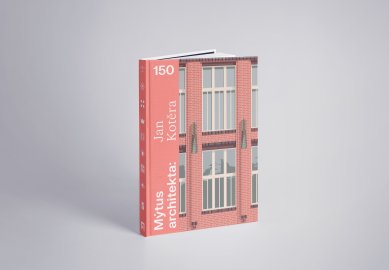
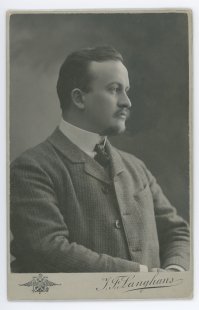
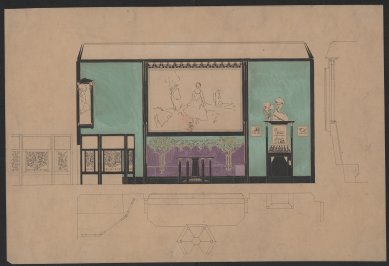
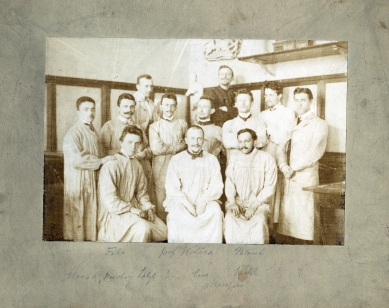
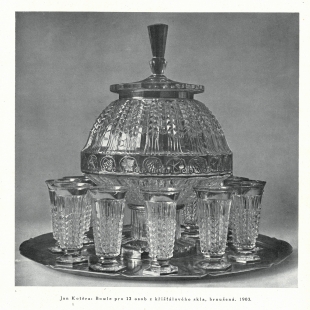
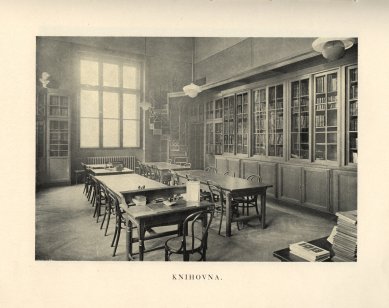
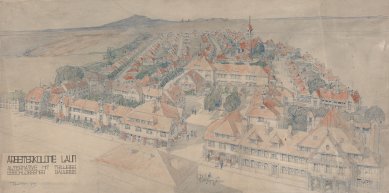
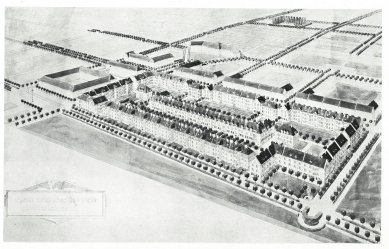
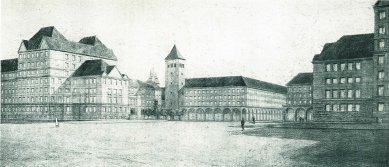
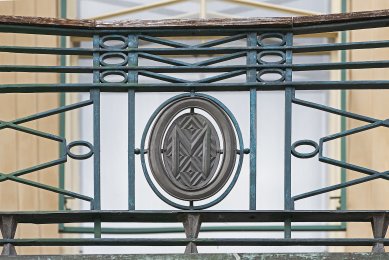

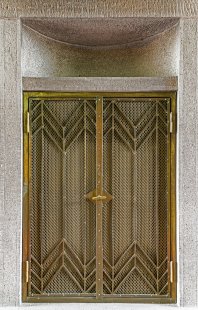
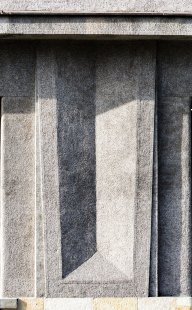
0 comments
add comment












